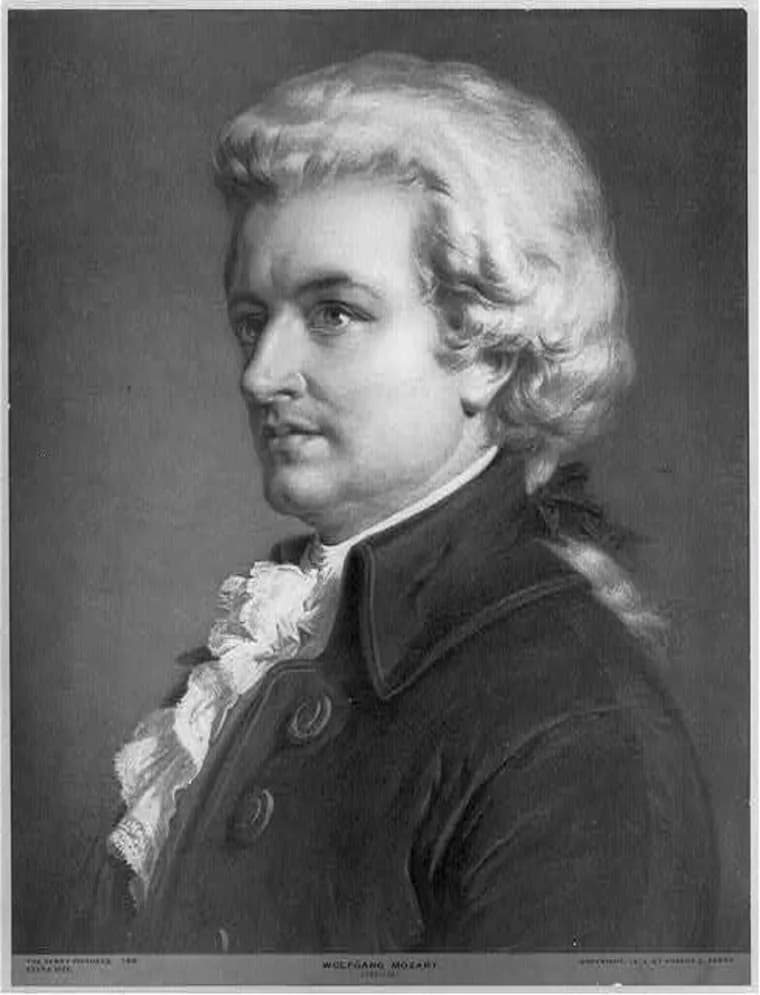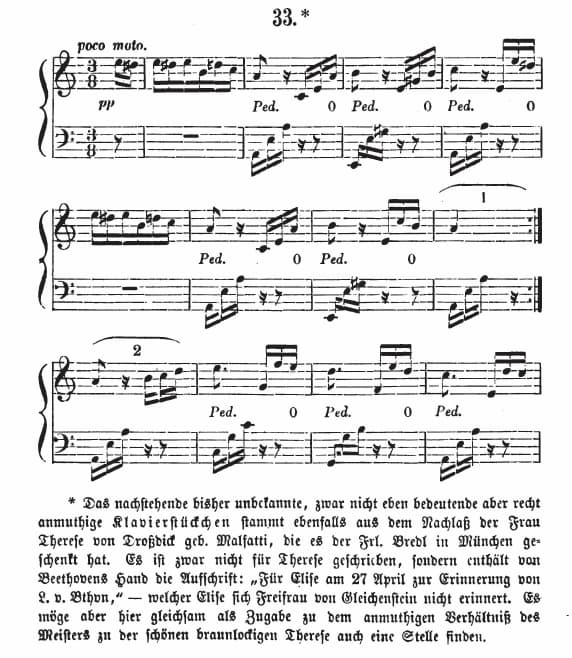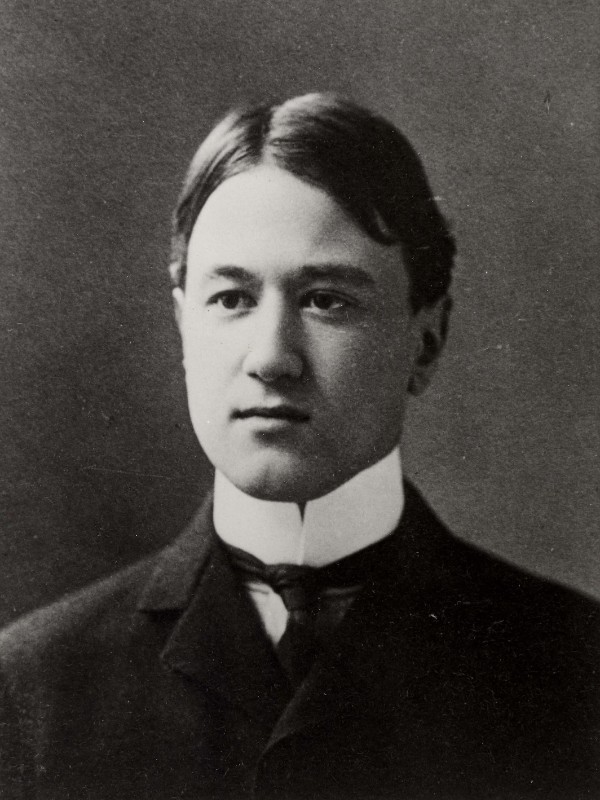Mozart: Little Night Music

© media-cldnry.s-nbcnews.com
Wolfgang Amadeus Mozart must be considered as one of the greatest composers in the history of Western music, and he literally left us hundreds of earworm tunes admired for their melodic beauty and formal elegance. Even a giant like Tchaikovsky tells us that Mozart is the culminating point which beauty has reached in the sphere of music. And we all know one of his most famous tunes, the beautiful, refreshing, simple, and playful “Little Night Music.”
I am sure you have the tune right at the tip of your tongue, but hear what happens when organist Xaver Varnus, who has been called a monster talent, every bit as stimulating and individual as the late Glenn Gould, puts his hands on that famous classical melody. But wait, there is more. Varnus actually combines forces with the percussion ensemble “Talamba.” Now we get Mozart’s gentle tune invigorated by the rhythms of African tribes and the great melodic passions of Balkan folk music.
Mozart: Eine kleine Nachtmusik
Grieg: In the Hall of the Mountain King
In his music for the Ibsen play Peer Gynt, Edvard Grieg wrote his most famous melody titled “In the Hall of the Mountain King.” When the title character in a dream-like fantasy enters the hall, he sees a great crowd of trolls, courtiers, gnomes and goblins. The Mountain King sits on his throne, with sceptre and crown, and surrounded by his children and relatives.
It’s not really a very friendly welcome for Peer Gynt, as the trolls want to hack his fingers, pull his hair, bite him in unspeakable regions, boil him in soup, roast him on a spit, and put ice-water into his blood. Peer’s punishment seems to be getting worse and worse, and the same might be said of the increased pianistic difficulties featured in this exciting clip. It starts out very simply, but just give it a little time and the famous melody jumps all over the keyboard.
Grieg: In the Hall of the Mountain King
Bach: Toccata and Fugue in D minor
Another famous melody associated with excitement and spine-tingling is Bach’s Toccata and Fugue in D minor. Lots of people are familiar with the three dramatic opening flourishes followed by a growling pedal under a huge and noisy rolling chord. The melody was used in film music long before the sound film era. And since it was frequently paired with horror movies, it’s become a cliché for the gothic.
Surely, it is the most famous organ work in existence, and that rise to fame was accelerated by various arrangements, including bombastic piano settings, and versions of full symphonic orchestra. As you can imagine, it’s also been adapted for solo instruments and the one I very much like is an arrangement for solo harp. All the bombast and supposed horror has been replaced by a silvery cloak of delicate strings, I just love it.
Bach: Toccata and Fugue in D minor
Vivaldi: Four Seasons

Portrait of Antonio Vivaldi
For a time, female electric string quartets were all the rage. What’s not to like seeing glamorous female musicians in choreographed routines and stunning costumes? Performances are like high-octane spectacles delivered with great musicianship and slick choreography and costumes.
However, it is not all glamour and sex, as the four performers of “Asturia” all attended top conservatoires, trained on conventional classical instruments, and won state competitions. This Ukrainian ensemble, not to be confused with the London-based “Asteria,” decided that they had a mutual passion for electric strings and musical diversity. And just have a look at the cinematography used in their Vivaldi remix. It’s a haunting and dystopian, almost Kafka-like setting, that places the famous classical Vivaldi melody in an abandoned Soviet factory complex.
Vivaldi: Four Seasons “Winter”
Beethoven: Für Elise

Beethoven’s Für Elise
We will never know how Beethoven would have reacted to hip hop, but it’s a least fun to think about. I bet he would have been overjoyed to make the kind of money the Watts-born rapper Kenndog has generated from his “Für Elise” rendition. Almost immediately the Beethoven track reached 40 million-plus streams and counting.
So far it has amassed 100 million-plus streams independently, and it has been lighting up millions of TikTok videos. Since Beethoven might have written the tune for his girl friend’s dog, even the artist’s name makes good sense. Maybe you like it or maybe you don’t, but I think it’s great fun to find famous classical melodies in new and unusual 21-st century guises, don’t you think?
For more of the best in classical music, sign up for our E-Newsletter




